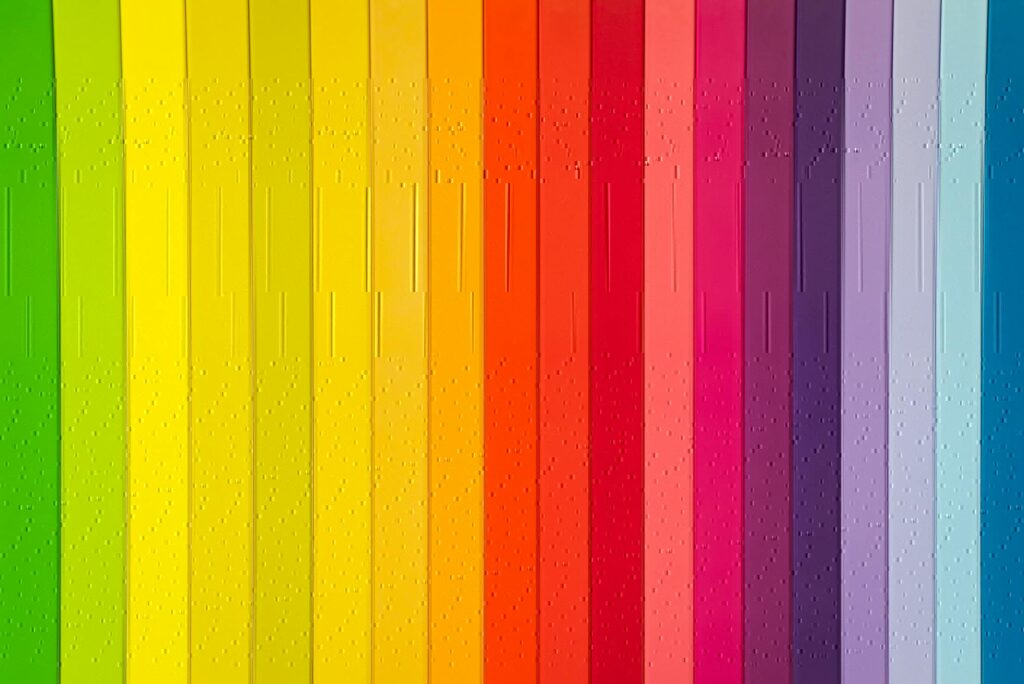📌 Table of Contents:
-
Introduction
-
Who Was Leonardo da Vinci?
-
Mastery in Painting
-
Genius in Drawing & Sketches
-
Sculptural Concepts
-
Anatomy: The Scientific Artist
-
Architectural Visionary
-
Leonardo’s Influence on Modern Art & Science
-
Top 10 Facts You Didn’t Know
-
FAQs about Leonardo da Vinci
🎨 Introduction
Leonardo da Vinci isn’t just a name in history books. He’s a symbol of creative genius, combining art, science, and invention into timeless masterpieces. From the Mona Lisa to his anatomical sketches, Leonardo redefined what it meant to be a “Renaissance Man.”
👤 Who Was Leonardo da Vinci?
Born in 1452 in Vinci, Italy, Leonardo da Vinci was not only an artist but also a scientist, inventor, engineer, and philosopher. His curiosity knew no bounds, and his notebooks reveal a mind constantly exploring the mechanics of nature, the human body, and divine beauty.
🖌️ Mastery in Painting
Leonardo’s paintings are known for their realism, emotional depth, and masterful technique.
🎯 Key Works:
-
Mona Lisa – The most famous portrait in the world, known for her mysterious smile.
-
The Last Supper – A biblical masterpiece showing emotional expressions and psychological depth.
-
Virgin of the Rocks – A perfect blend of light, shadow, and nature.
Leonardo mastered “sfumato,” a technique that softens transitions between colors — making his portraits almost lifelike.
✏️ Genius in Drawing & Sketches
Leonardo’s notebooks are filled with thousands of detailed sketches, showcasing everything from flying machines to human anatomy.
His Drawing Style:
-
Use of silverpoint and ink
-
Emphasis on natural forms
-
Brilliant in conveying motion and energy
🗿 Sculptural Concepts
Though few of his sculptures survive today, Leonardo’s vision was ahead of his time.
-
Gran Cavallo – An enormous bronze horse that was never completed due to war.
-
Leonardo believed sculpture should move like life, not just imitate form.
🧠 Anatomy: The Scientific Artist
Leonardo’s anatomical studies were decades ahead of modern medicine.
Highlights:
-
Dissected over 30 human corpses
-
Detailed drawings of the muscular system, heart, lungs, and even fetuses
-
Predicted how the heart valves worked – only confirmed centuries later
His drawings are now used in medical education and art history alike.
🏛️ Architectural Visionary
Leonardo imagined cities designed for cleanliness and function.
-
Designs of multi-level cities, ideal for traffic flow
-
Dome structures and spiral staircases
-
Contributed architectural designs for cathedrals and fortresses
🧬 Influence on Modern Art & Science
Leonardo’s work influenced:
-
Michelangelo and Raphael in painting
-
Modern architects in form and function
-
Doctors and biologists in anatomy and structure
-
Engineers and inventors in design thinking
🔟 Top 10 Facts You Didn’t Know
-
He wrote backward, using mirror writing.
-
He was left-handed.
-
Studied hydraulics and water movement.
-
Designed the first parachute and helicopter prototype.
-
Believed in vegetarianism.
-
Studied face muscles to perfect emotional expression.
-
Created early geological maps.
-
Was arrested for homosexuality (charges later dropped).
-
Died in France under King Francis I’s patronage.
-
Had no formal education beyond basic reading and math.
Learn through Video
🙋♂️ Frequently Asked Questions (FAQs)
1. What is Leonardo da Vinci famous for?
Leonardo is famous for the Mona Lisa, The Last Supper, and his inventions and anatomical drawings.
2. How did Leonardo study anatomy?
He dissected corpses and made precise sketches of muscles, organs, bones, and internal systems.
3. What was Leonardo’s greatest invention?
While none of his inventions were built during his life, his flying machine, tank, and robotic knight are legendary in concept.
4. Why is Leonardo da Vinci considered a Renaissance Man?
Because of his versatility in art, science, engineering, anatomy, and architecture — he embodied the ideal of well-rounded human potential.
5. Can I see Leonardo’s original work today?
Yes, many of his works are displayed in museums like the Louvre (Paris), Vatican Museums, and the Royal Collection (UK).
🎯 Final Thoughts
Leonardo da Vinci wasn’t just one of the greatest artists of all time — he was a visionary, a scientist, and a pioneer who shaped the world in ways still felt today. His legacy continues to inspire artists, designers, and thinkers across the globe.
✨ Whether you’re an artist, a student, or simply curious — understanding Leonardo’s journey is a step toward appreciating the limitless potential of human creativity.

